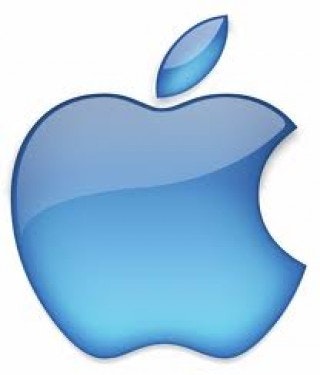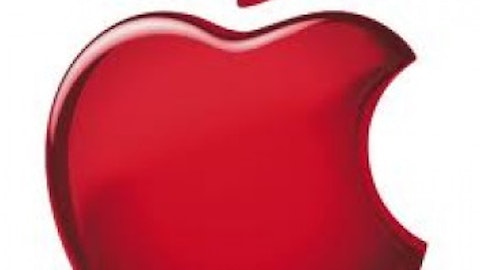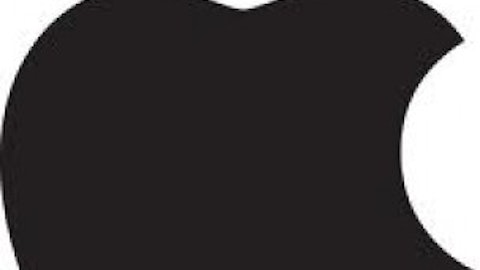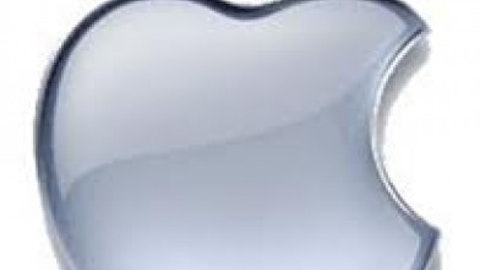It is no secret that on a global basis, Google Inc (NASDAQ:GOOG) Android has run away with the smartphone operating system market, commanding a 68.3% share in 2012, according to research firm IDC. Google has created explosive growth in its market share, which registered at only 48.7% in 2011, largely through its dominance in the cheap end of the market. While Apple Inc. (NASDAQ:AAPL) has thus far refused to play in this particular sandbox, the company was able to do something that had eluded it since 2008: sell more smartphones in the critical U.S. market than Samsung. The question you must now ask is whether reclaiming the top U.S. sales spot will be a sufficient catalyst to get Apple Inc. (NASDAQ:AAPL) shares climbing again.
Reclaiming the top spot at home
Last Friday, Reuters reported that according to data from Strategy Analytics, Apple Inc. (NASDAQ:AAPL) was the top seller of mobile phones in the U.S. in the fourth quarter of 2012. This honor, which has been held by Samsung in every year since 2008, went to Apple as its U.S. market share for the quarter increased from 26% to 34%. Samsung also increased its market share from 31.8% to 32.3%, but was outpaced by Apple. It is worth noting that Apple released the wildly popular iPhone 5 during the quarter, which clearly gave Apple Inc. (NASDAQ:AAPL) numbers a significant boost.
For the entirety of 2012, however, Samsung was able to hold on to the top spot, commanding 31.8% of the market; Apple claimed 26.2% of the U.S. market for the full year. While fourth quarter U.S. sales did increase by 4% to 52 million units, sales for the full year slumped by 11% to 116 million units. Given the fact that global smartphone sales for 2012 grew by an estimated 45.1% on a year-over-year basis while global mobile phone sales grew at only 1.6%, the structure of the market itself must be considered.
If mobile phone sales are plateauing but smartphone sales remain robust, the critical product cycle at play is among consumers upgrading from feature phones to smartphones. It is specifically this phenomenon that has led to many of the rumors that Apple Inc. (NASDAQ:AAPL) is seriously considering the release of a “cheap” iPhone. Currently Samsung and other manufacturers of Android phones — including Google’s own Motorola — have been successfully attracting users looking for low-cost smartphones.
A study conducted by the Internet & American Life Project at the Pew Research Center revealed that Android is actually skewed toward a lower-income demographic, both domestically and on a global basis. A recent story on Gizmodo summarized the findings nicely: “[T]he less money you have, the more likely you are to opt for an Android phone over something more expensive.” Whether you applaud Google’s approach or not, the reality is that the strategy is working.
If you carry the demographic argument one more level, it helps to put the global sales data into even more perspective. As was noted above, the conclusion from mobile phone sales growth versus smartphone sales growth is that the bulk of sales are from individuals upgrading from feature phones to smartphones. This means we are not talking about economically mobile consumers who are on their third iPhone when looking at smartphone growth. The likelihood is that this group is largely comprised of lower-income people for whom the research suggests an Android option is the most likely choice. If we now consider the global market share for Android, which, as noted above, grew from 48.7% in 2011 to 68.3% in 2012, it is easy to see where that growth came from.





